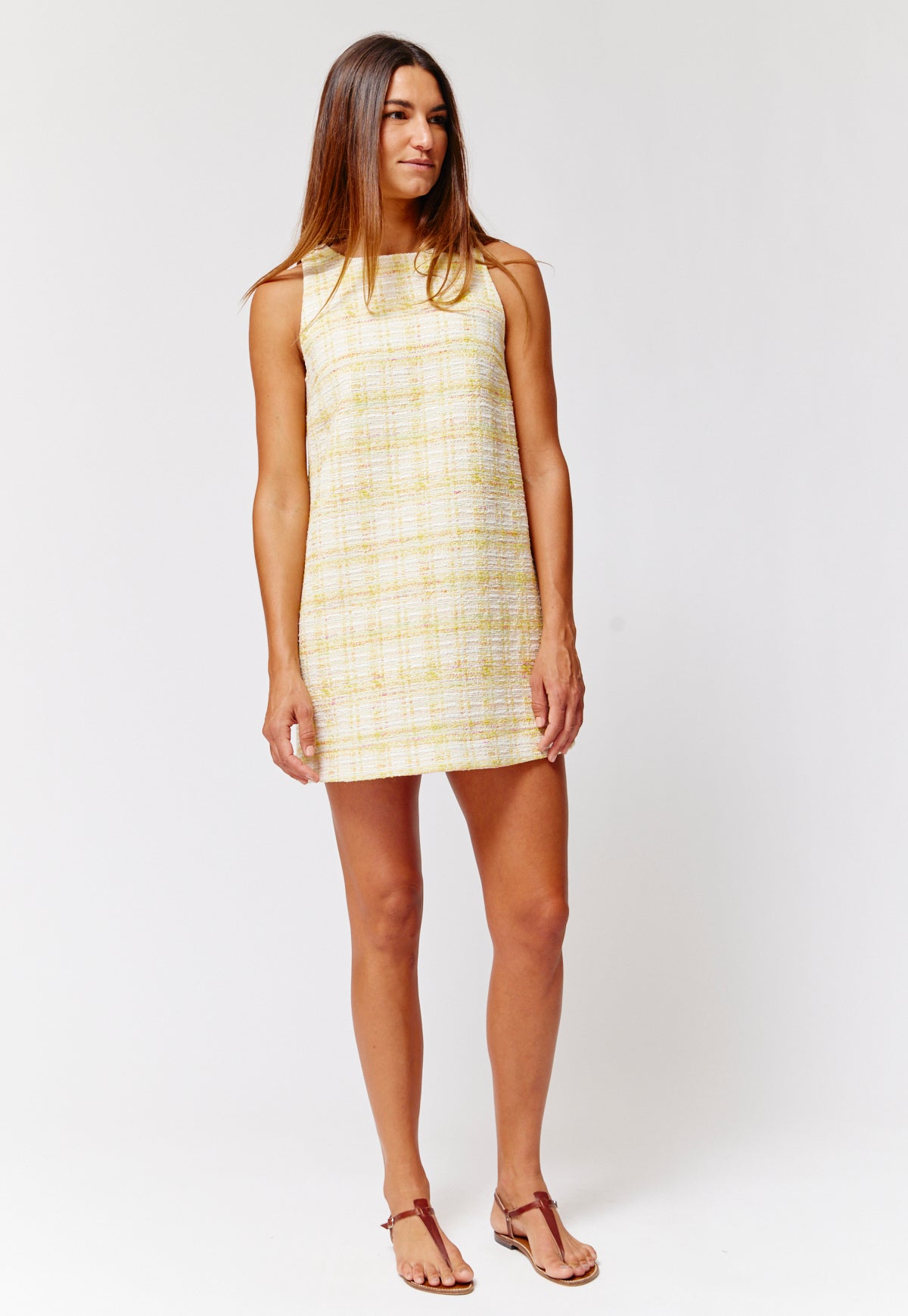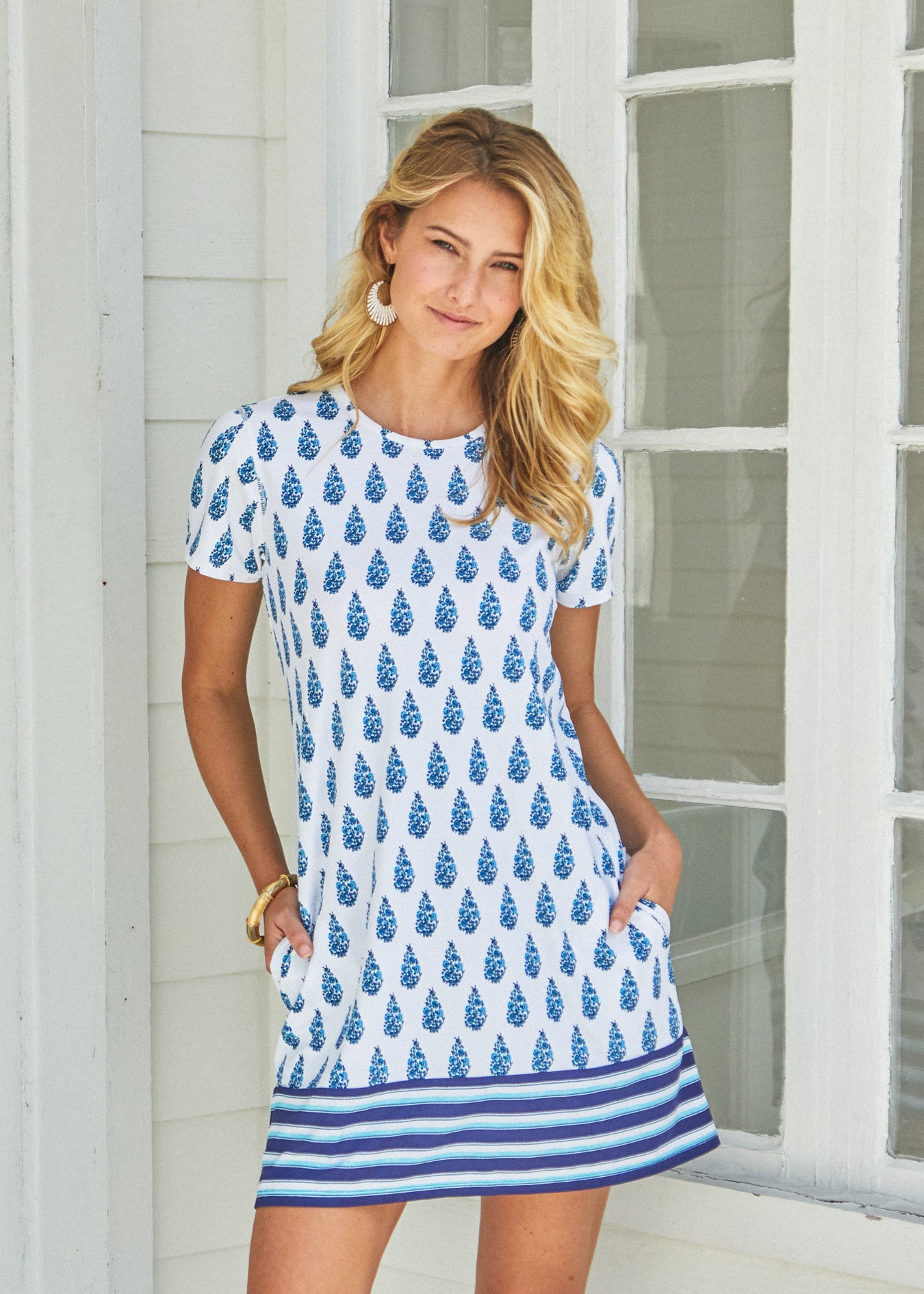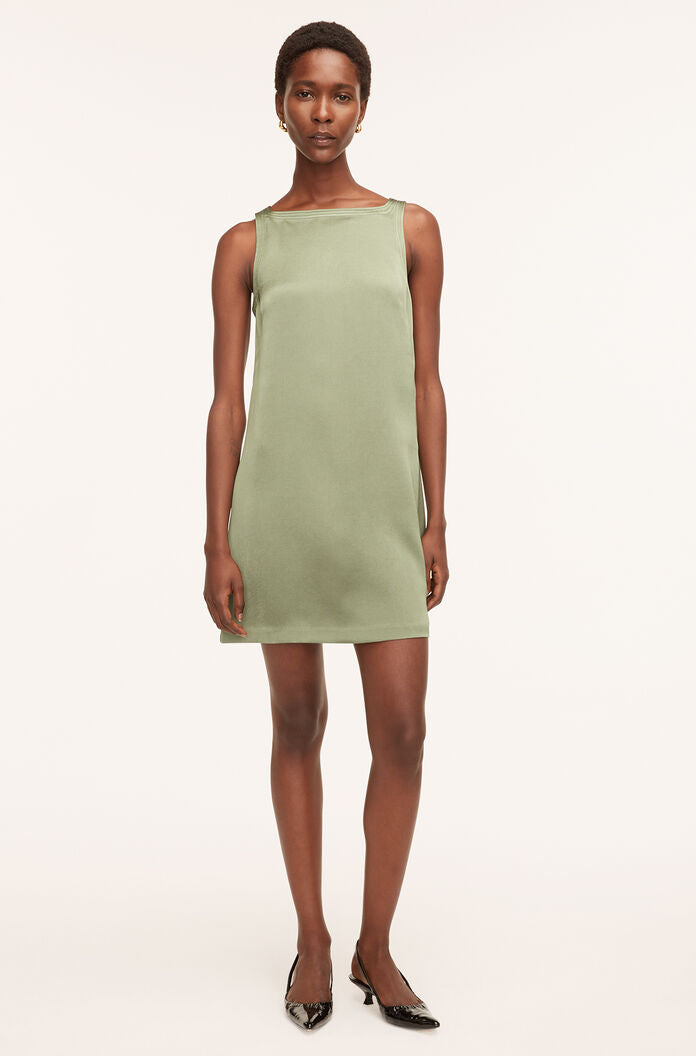Effortless Style: The Ultimate Guide to Shift Dresses for Every Season
In the ever-evolving landscape of fashion, few garments achieve the perfect balance of timeless elegance and modern versatility quite like the shift dresses. This iconic silhouette, characterized by its straight cut that hangs straight down from the shoulders without a defined waistline, has transcended decades of trends to become a cornerstone of sophisticated wardrobes. Its design philosophy champions freedom of movement and understated confidence, making it a powerful tool for personal expression across all seasons. The true genius of the shift dresses lies in its architectural simplicity; it provides a clean canvas upon which texture, color, and pattern can perform, adapting effortlessly from the crisp air of autumn to the vibrant bloom of spring. We are exploring not just a piece of clothing, but a sartorial strategy for year-round elegance, where the dress works for you, not the other way around.
The Architectural Foundation: Understanding the Shift Dress Silhouette
To fully appreciate the versatility of shift dresses, one must first understand their foundational design principles. Originating in the 1920s, the shift dress was a radical departure from the restrictive corsets and complicated layers of the previous era. It was a garment of liberation, championed by designers like Coco Chanel, who famously advocated for women’s clothing to allow for physical and social freedom. The silhouette is defined by its lack of darts and seams that cinch the waist, creating a rectangular or A-line shape that skims the body rather than clinging to it. This architectural approach is what makes it so universally flattering; it doesn’t demand a specific body type but instead creates a streamlined, elegant line from shoulder to hem. From a scientific perspective, the appeal can be linked to the Gestalt principles of perception, where the human eye is drawn to clean, unbroken lines, perceiving them as harmonious and restful. This is why a well-cut shift dress often appears so “put together”—it presents a complete, cohesive visual unit. The design’s objectivity is its strength, a fact noted by the Museum at the Fashion Institute of Technology, which has curated exhibits highlighting the shift dress as a key example of 20th-century fashion modernism. It is this very objectivity that forms the basis for its seasonal adaptability, providing a stable form that can be dynamically altered through fabric, sleeve length, and color.

A Seasonal Symphony: Curating Your Shift Dress Wardrobe
Spring: A Canvas for Renewal and Pattern
As the world awakens from winter, spring invites a wardrobe that reflects renewal and optimism. This is the season where your collection of shift dresses can truly embrace color and print. Think of fabrics like lightweight cotton, silk chiffon, or technical blends that offer breathability. A floral-printed shift dress, for instance, is more than just a pretty pattern; it taps into a long-standing cultural association between florals and springtime rejuvenation, a theme prevalent in art from Botticelli’s “Primavera” to the works of William Wordsworth. The beauty of the shift silhouette here is that it prevents a bold floral from feeling overwhelming; the clean lines balance the complexity of the pattern. As fashion historian Dr. Valerie Steele has discussed in her lectures at The Museum at FIT, the use of pattern in post-war fashion was a way to express joy and individuality, and the shift dress became a primary vehicle for this expression. For a professional setting, a shift dress in a solid pastel hue—like mint green or sky blue—communicates clarity and calmness. The key is to select a dress with a slightly lighter fabric weight and perhaps three-quarter length sleeves, providing adaptability for the fluctuating temperatures of spring. Pair it with a lightweight trench coat and block-heeled sandals for a look that is both polished and perfectly attuned to the season.

Summer: The Pinnacle of Effortless Cool
Summer demands a wardrobe that prioritizes comfort without sacrificing style, and this is where the shift dresses truly excels as a sartorial hero. The goal is to achieve maximum coolness, both in temperature and aesthetic. Opt for dresses in linen, pure cotton, or Tencel™ lyocell. These materials are not just comfortable; they have scientific properties that make them ideal for heat. Linen, for example, is highly absorbent and wicks moisture away from the body rapidly, a quality documented in textile studies from institutions like the Cornell University College of Human Ecology. A sleeveless or short-sleeved shift dress in a bright, solid color or a subtle stripe embodies a classic summer elegance reminiscent of style icons like Audrey Hepburn in “Roman Holiday.” The simplicity of the dress allows you to focus on accessories—a wide-brimmed hat, oversized sunglasses, and minimalist leather sandals. This approach aligns with the concept of “effortless style” often celebrated on platforms like Quora and YouTube by stylists, who emphasize that a single, well-chosen garment can form the foundation of an entire look. The shift dress eliminates the morning dilemma of what to wear, offering a one-step solution that is inherently chic, breathable, and perfectly suited for everything from a beachside lunch to an evening garden party.

Autumn: Layering Texture and Depth
When the air turns crisp and the leaves begin to fall, the shift dress seamlessly transitions into a perfect layering piece. This season is about incorporating texture and depth, moving beyond the lightweight fabrics of summer. Think of wool crepe, double-knit jersey, or even lightweight bouclé. These fabrics add a tactile dimension to the clean lines of the dress, creating visual interest and warmth. The color palette naturally shifts to richer, earthier tones—olive green, burgundy, camel, and deep navy. The genius of the shift dress in autumn is its compatibility with layers. It can be worn over a thin turtleneck, creating a modern, sophisticated look that has been spotted on runways from designers like Michael Kors. This styling technique is not just fashionable; it’s practical, utilizing the principle of trapped air between layers for insulation, a concept well-known in outdoor apparel design. As the weather cools further, the dress pairs effortlessly with tailored blazers, leather jackets, or long-line cardigans. Tights and ankle boots complete the transformation, making the summer staple a cold-weather champion. This adaptability is a core reason for the enduring popularity of shift dresses; they are not single-season garments but integral components of a smart, cohesive capsule wardrobe.
Winter: Structural Elegance Against the Cold
Winter might seem like an unlikely season for a shift dress, but with strategic fabric choices and styling, it becomes a bastion of structural elegance. This is the time to embrace heavier fabrics like thick ponte knit, melton wool, or jacquard. These materials provide substantial warmth while maintaining the dress’s defining silhouette. A long-sleeved shift dress in a deep, jewel-toned color like emerald or sapphire can be a powerful statement against a monochromatic winter landscape. The dress’s straight cut is particularly advantageous here, as it allows for comfortable layering of thermal undergarments without adding bulk or distorting the shape. Styling is key: pair it with opaque tights, knee-high boots, and a substantial wool coat. The look achieves a balance between refined professionalism and cozy warmth. This application of the shift dress demonstrates its foundational role in a wardrobe; it is a building block that can be augmented to meet environmental challenges. The perspective from numerous fashion blogs and style sections of publications like The New York Times often highlights the “winter dress” as a tool for maintaining a feminine silhouette without succumbing to bulky sweaters alone. The shift dress, in its unwavering structure, provides exactly that solution.

The Finishing Touch: Accessorizing Your Shift Dress Identity
A shift dress is a declaration of minimalist intent, but its true power is unlocked through strategic accessorizing. The dress itself is the constant; the accessories are the variables that define the occasion, the mood, and the season. For a professional environment, the clean lines of the dress call for equally precise accessories—a structured leather tote, a single statement necklace, or a pair of elegant pumps. This aligns with the “less is more” philosophy famously attributed to architect Mies van der Rohe, demonstrating how principles of design transcend disciplines. In contrast, for a casual weekend, the same dress can be transformed with a denim jacket, a crossbody bag, and sleek sneakers. The versatility here is not accidental; it is a direct result of the dress’s neutral architecture. Furthermore, understanding the psychology of color and accessories can elevate your style. A pop of color in a scarf or a handbag can draw attention and express creativity, a concept supported by color theory studies used in marketing and design. The shift dress does not compete with your accessories; it collaborates with them, serving as the perfect backdrop for you to showcase your personal style narrative, season after season.
The journey through the year with a shift dress reveals it to be far more than a simple garment. It is a sartorial constant, a reliable and elegant foundation upon which an entire wardrobe philosophy can be built. Its straight lines offer a respite from the complicated, its adaptability a solution to the seasonal, and its history a connection to a legacy of stylish liberation. By mastering the selection of fabric, color, and accompanying layers, you wield the shift dresses not as a passive item in your closet, but as an active tool for crafting an image of effortless, intelligent style that is prepared for any weather, any occasion, and any chapter of your life.






